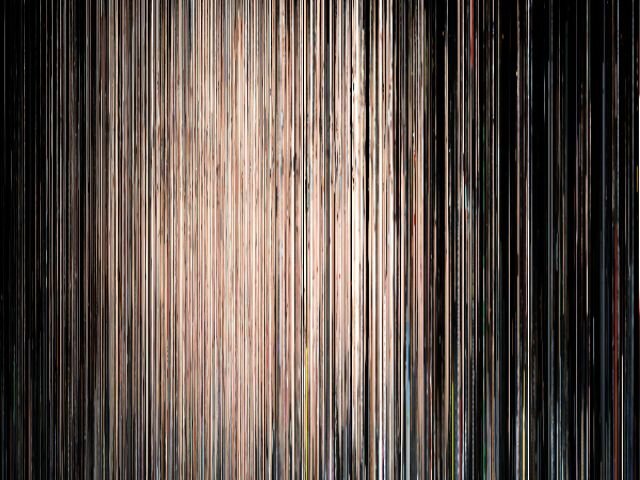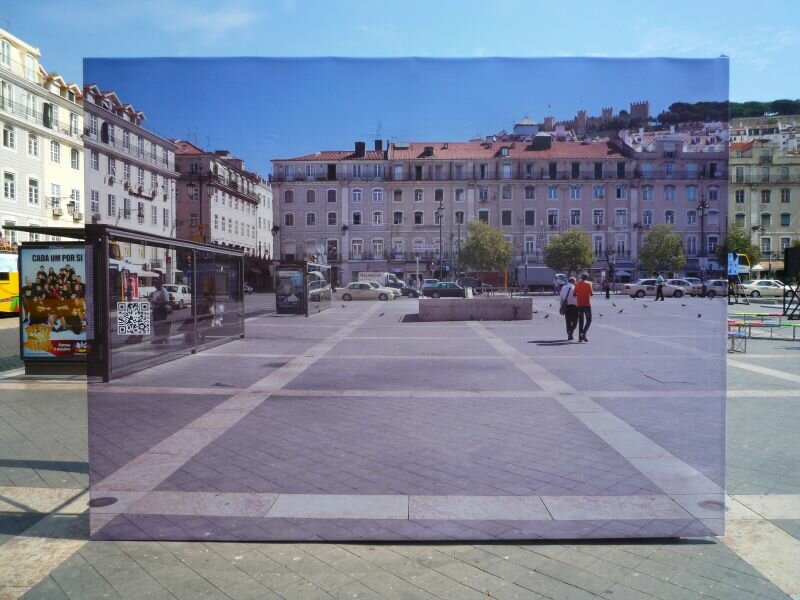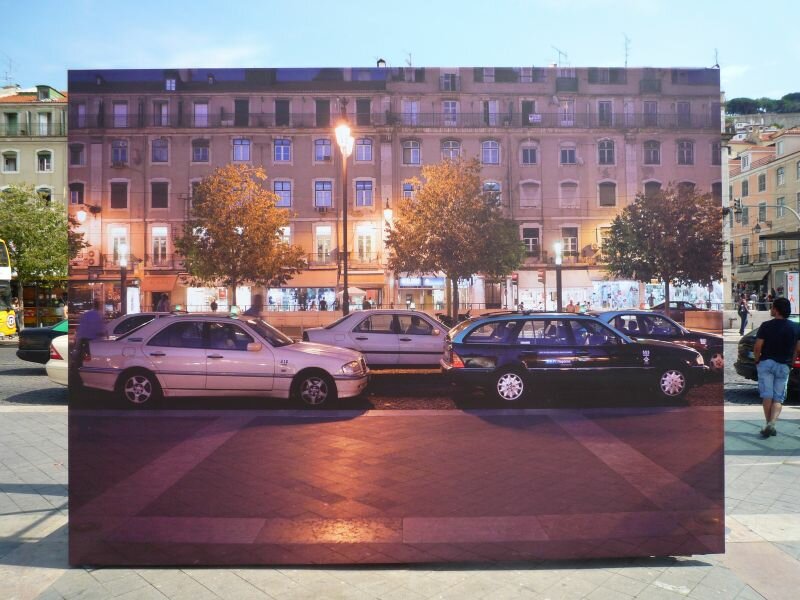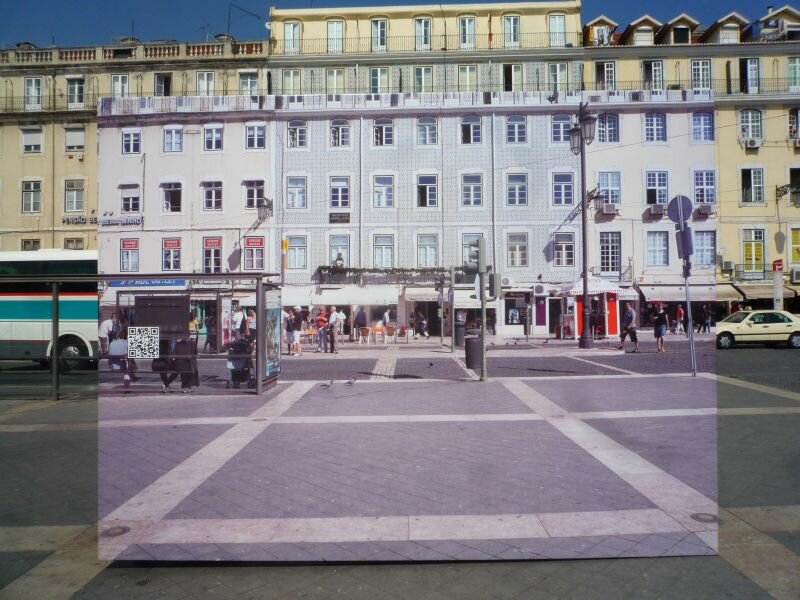“DataSpace” is a spatial and temporal concept, embedded in the physical reality surrounding us. The “local area network” is replaced by a room, a street, or a building, depending on where the user is located.
The concept of a DataSpace is in contrast to that of a standard database. Databases store information locally about remote physical objects. In this scenario, the physical objects become merely the artifacts of their corresponding entry in a database. In a DataSpace, the data is stored locally in objects, and becomes a property when queried (highlighted or “illuminated”). DataSpace is geographically organised as opposed to the logical structure of computer databases and Internet. Therefore, DataSpace is structured analogously to the real physical space which surrounds us, as opposed to a mere reference. The move away from the referential to the empirical is important because of the higher level of abstraction empirical data allows. By definition, referential data inherently contains a certain level of abstraction (cliché), while empirical data can still be open to any abstraction applied to or projected onto it, allowing a much greater level of manipulation.
–– Conceptually 1:1 is more interesting than 1:many.
Five graphic design studios were invited to create site specific urban interventions bound by the Experimenta Design biennale’s theme Useless, in one of downtown Lisbon’s most central squares. Triggered by varying instances of scale and volume, detail and emptiness, architecture features and superficial embellishments, the resulting interventions establish a dialogue with the chosen sites.
LUST designed and installed 8 giant pictures on the square, citing and playing on the impression you get when looking at a city through Google Streetview. QR-codes provided mobile access to an where visitors can upload their own "picture-in-picture" and browse the archive of previously taken photos.




